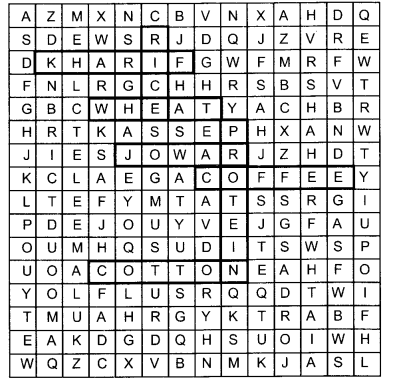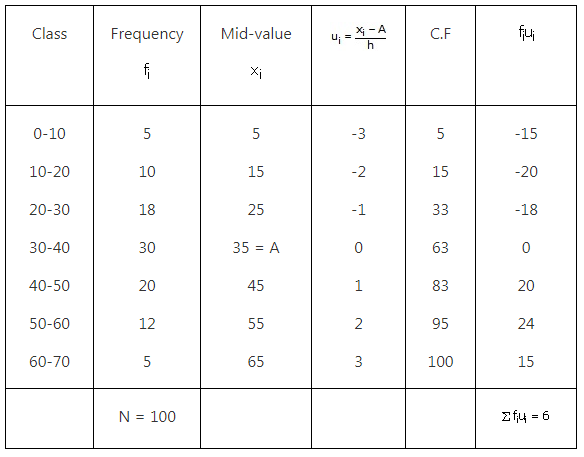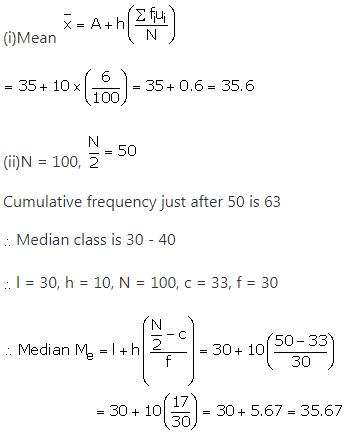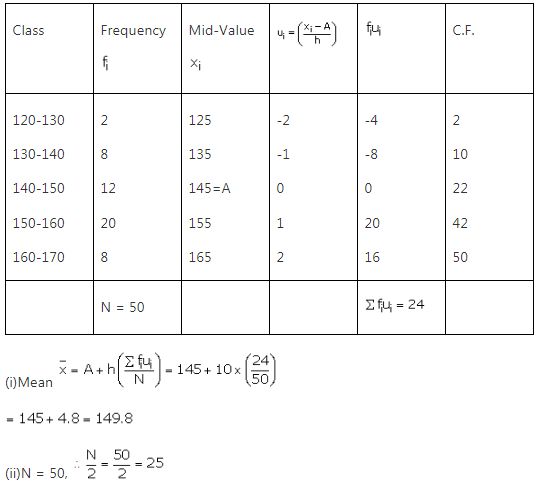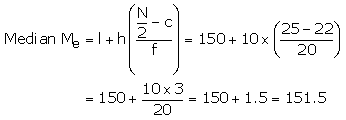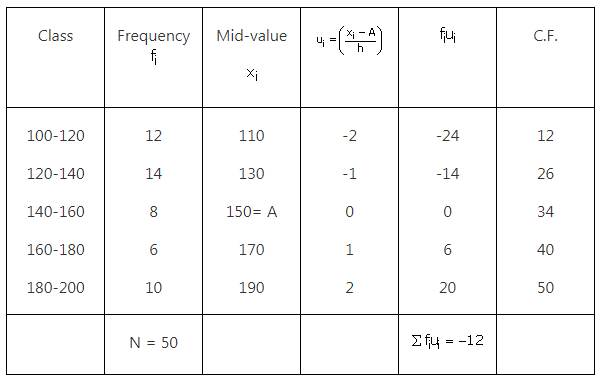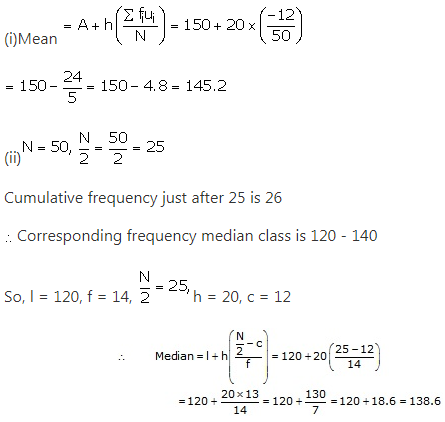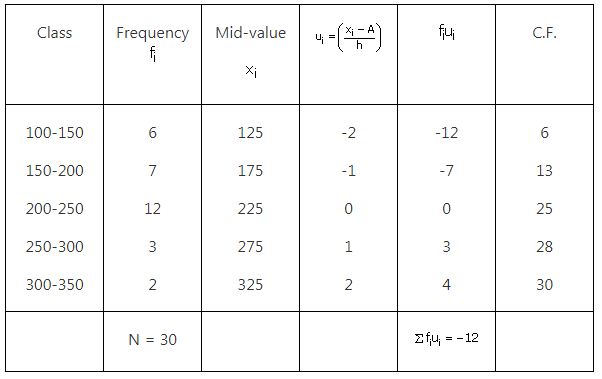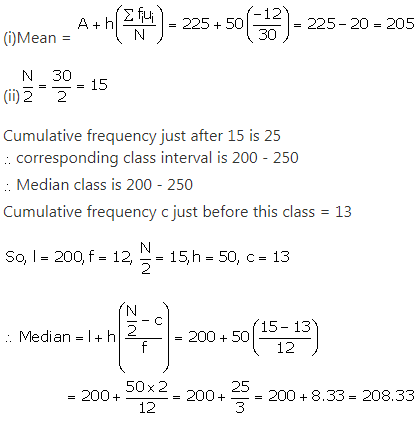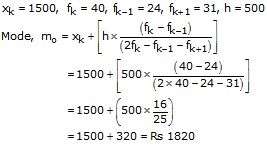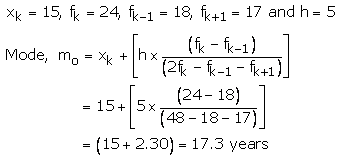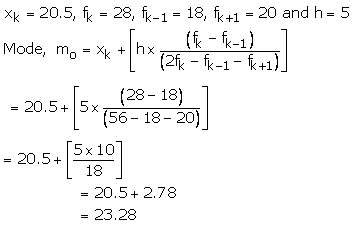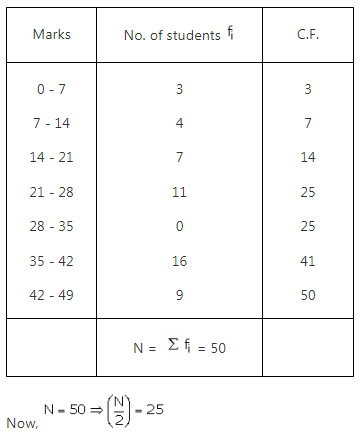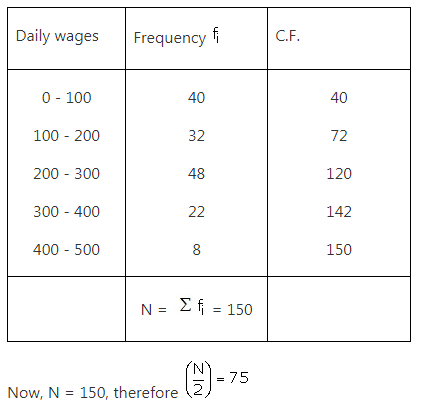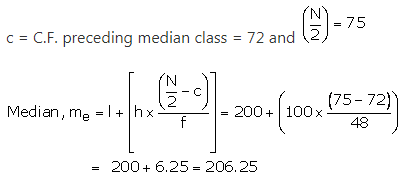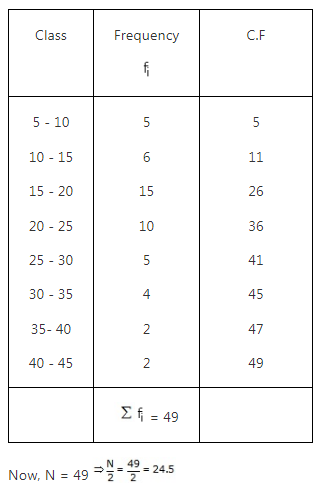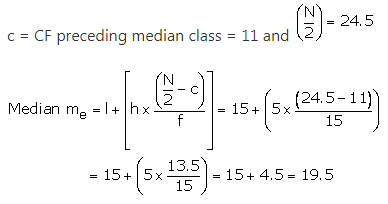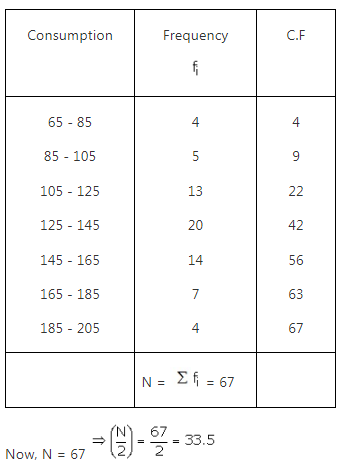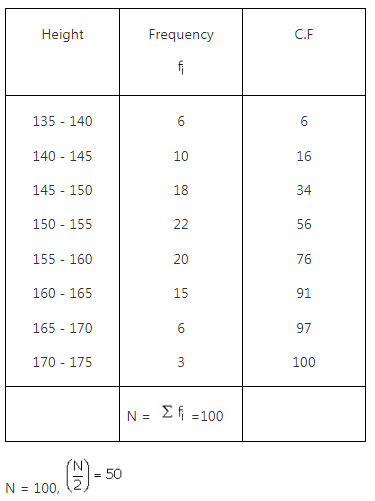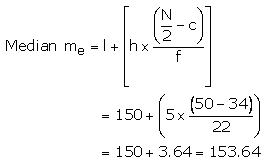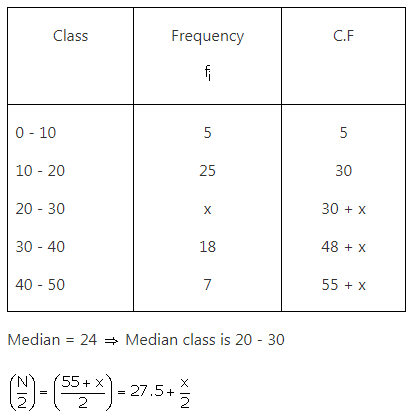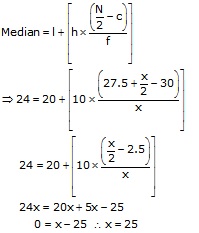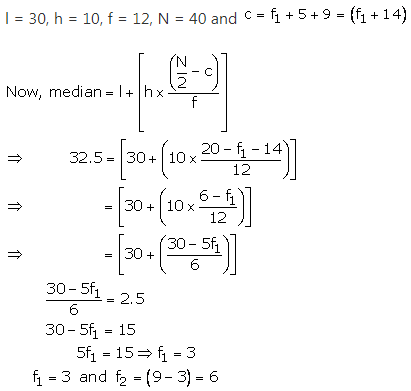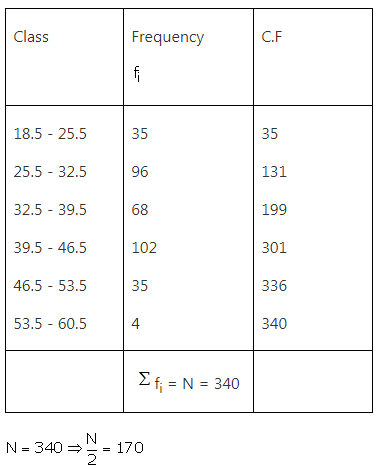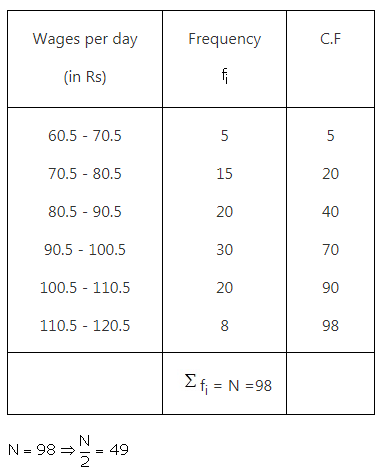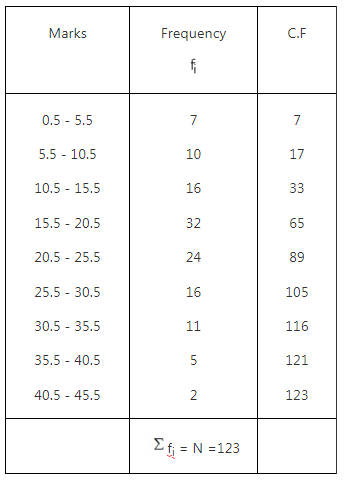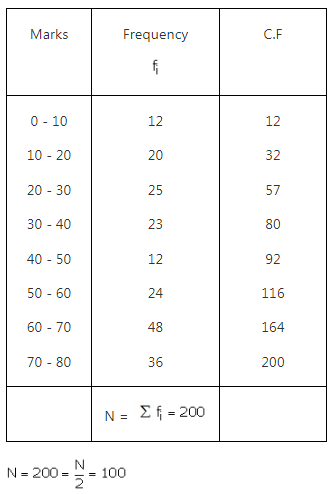NCERT Solutions for Class 10 Social Science History Chapter 8 Novels, Society and History
These Solutions are part of NCERT Solutions for Class 10 Social Science. Here we have given NCERT Solutions for Class 10 Social Science History Chapter 8 Novels, Society and History.
TEXTBOOK EXERCISES
Question 1.
Explain the following :
(a) Social changes in Britain which led to an increase in women readers.
(b) What actions of Robinson Crusoe make us see, him as a typical coloniser?
(c) After 1740, the readership of novels began to include poorer people.
(d) Novelists in colonial India wrote for a political cause.
Answer:
(a) (i) The most exciting element of the novels of the 18th century was the involvement of women. The eighteenth-century saw the middle classes become more prosperous. Women got more leisure to read as well as write novels. And novels began exploring the world of women- their emotions and identities, their experiences and problems.
(ii) Many novels were about domestic life— a theme about which women were allowed to speak with authority. They drew upon from their experiences, wrote about family life, and earned public recognition.
(iii) The novels of Jane Austen give Us a glimpse of the world of women in genteel rural society in early-nineteenth-century Britain. They make us think about a society which encouraged women to look for ‘good’ marriages and find wealthy or propertied husbands. The first sentence of Jane Austen’s Pride and Prejudice states: ‘It is a truth universally acknowledged, that a single man in possession of a good fortune, must be in want of a wife.’
(b) The hero of Daniel Defoe’s Robinson Crusoe (1719) is an adventurer and slave trader. Shipwrecked on an island, Crusoe treats coloured people not as human beings equal to him, but as inferior creatures. He rescues a ‘native’ and makes him his slave. He does not ask for his name but arrogantly gives him the name, Friday. But at times, Crusoe’s behaviour was not seen as unacceptable or odd, for most writers saw colonialism as natural. Colonised people were seen as primitive and barbaric, less than human; and colonial rule was considered necessary to civilize them, and make them fully human.
(c) Readership of novels began to include proper people after 1740 because :
(i) The circulation of novels increased with the introduction of circulating libraries.
(ii) Technological improvements in printing brought down the price of books and innovations in marketing led to expanded sales.
(iii) In France, publishers found that they could make super profits by hiring out novels by the hour. The novel was one of the first mass-produced items to be sold.
(iv) The worlds created by the novels were absorbing and believable and they were seemingly real. Novels allowed
individuals the pleasure of reading in private, as well as the joy of public reading or discussing stories with friends or relatives.
(v) In rural areas, people would collect to hear one of them reading a novel aloud, often becoming deeply involved in the lives of the characters.
(d) (i) Pariksha Guru reflects the inner and outer world of the newly emerging middle classes. The characters in the novel are caught in the difficulty of adapting to colonised society, and at the same time, preserving their culture and traditions.
(ii) Premchand’s Sewasadan deals mainly with the poor condition of women in society. Issues like child marriage and dowry are woven into the story of the novel. It also tells us about the ways in which the Indian upper classes used whatever little opportunities they got from colonial authorities to govern themselves.
(iii) Potheri Kunjambu, a ‘lower-caste’ writer from north Kerala, wrote a novel called Saraswativijayam in 1892, mounting a strong attack on caste oppression.
(iv) From the 1920s, in Bengal too, a new kind of novel emerged that depicted the lives of peasants and ‘low’ castes. Advaita Malla Burman’s (1914-51) Titash Ekti Nadir Naam (1956) is an epic about the Mallas, a community of fisherfolk who live off Fishing in the river, Titash.
(v) In Bengal, many historical novels were about Marathas and Rajputs. These novels produced a sense of a pan- Indian belonging.
(vi) Bankim’s Anandamath (1882) is a novel about a secret Hindu militia that fights Muslims to establish a Hindu kingdom. It was a novel that inspired many kinds of freedom fighters.
(vii) Premchand’s novels, for instance, are filled with all kinds of powerful characters drawn from all levels of the society. In his novels we meet aristocrats and landlords, middle-level peasants and landless labourers, middle class professionals, and people from all the margins of the society.
Question 2.
Outline the changes in technology and society which led to an increase in readers of the novel in eighteenth-century Europe.
Answer:
(i) The invention of the print in the 18th century led to the popularity of the novels because now it became quite easy to print novels in large numbers. In ancient times, manuscripts were handwritten, and hence, their availability was very limited.
(ii) The novels dealt with many social issues such as love and marriage, proper conduct for men and women, and so on. So common people were attracted to them.
(iii) Novels appealed to all the sections of the society, both middle-class people like the shopkeepers and the clerks, as well as the aristocratic and gentlemanly classes.
(iv) Novels not only attacked the ills of the society but also suggested remedies. So they were much liked by one and all.
(v) The novels became a popular medium of entertainment among the middle class and women readers.
(vi) Most of the novelists used the vernacular, the language that is spoken by the common people.
Question 3.
Write a note on :
(a) The Oriya novel.
(b) Jane Austen’s portrayal of women.
(c) The picture of the new middle-class which the novel Pariksha-Guru por¬trays.
Answer:
(a) The Oriya novel: In 1877-78, Ramashankar Ray, a dramatist, began serialising the first Oriya novel, Saudamani. He, however, could not complete it. Fakir Mohan Senapati (1843-1918) was a major novelist. He wrote Chaa Mana Atha Guntha (1902) which means six acres and thirty-two decimals of land. It was a new kind of novel which deals with the question of land and its possession. It narrates how a manager Ramchandra Mangaraj cheats his idle and drunken master and eyes the plot of fertile land owned by Bhagia and Sharia, a childless weaver couple to grab their land. In this way the novel could make rural issues an important part of urban preoccupations. In writing this novel, Fakir Mohan anticipated a host of writers in Bengal and elsewhere.
(b) Jane Austen’s portrayal of women: Jane Austen gives a glimpse of the world of women in genteel rural society in early nineteenth-century Britain. It was a society that encouraged women to look for ‘good’ marriages and find wealthy or propertied husbands. The first sentence of Jane Austen’s ‘Pride and Prejudice’ states, “It is a truth universally acknowledge that a single man in possession of a good fortune, must be in want of a wife.” This observation tells us about the behaviour of the main characters who are preoccupied with marriage and money, as typifying Austen’s society.
(c) The picture of the new middle-class which the novel Pariksha-Guru portrays :
- The new middle-class is in a fix to adopt the colonised society and at the same time to preserve their own cultural identity.
- The middle-class is attracted towards colonial modernity but the novel tries to teach the readers the ‘right way’ to live and expects all ‘sensible men’ to be worldly-wise and practical, to remain rooted in the values of their own tradition and culture, and to live with dignity and honour.
- The characters in the novel adopt new agricultural technology, modernise trading practices, change the use of Indian languages, making them capable of transmitting both Western sciences and Indian wisdom.
- The young are urged to cultivate the ‘healthy habit’ of reading the newspapers.
- The novel, however, emphasises that all this must be achieved without sacrificing the traditional values of the middle-class household. But with all its good intentions, Pariksha-Guru could not win many readers, as it was perhaps too moralising in its style.
We hope the NCERT Solutions for Class 10 Social Science History Chapter 8 Novels, Society and History help you. If you have any query regarding NCERT Solutions for Class 10 Social Science History Chapter 8 Novels, Society and History, drop a comment below and we will get back to you at the earliest.
